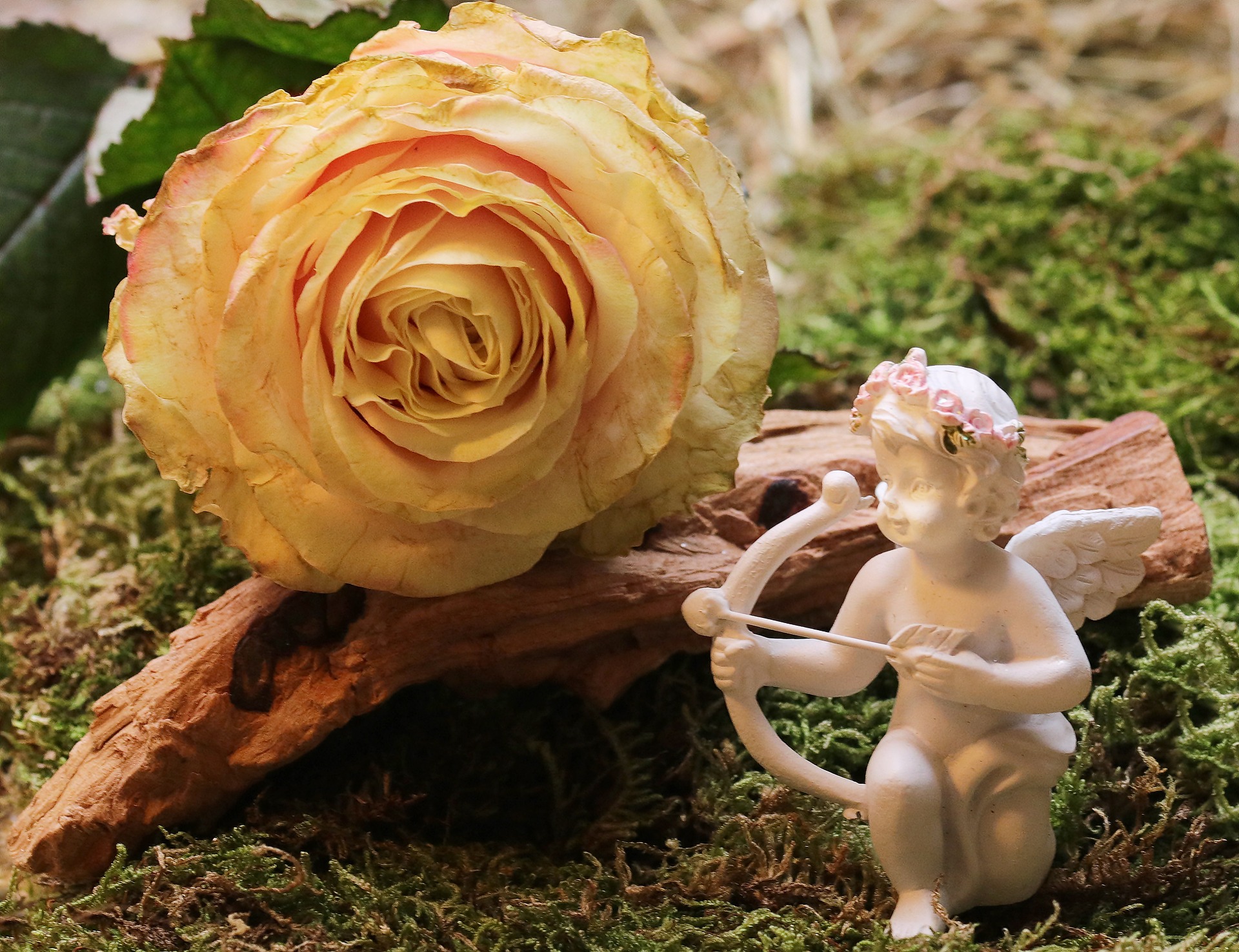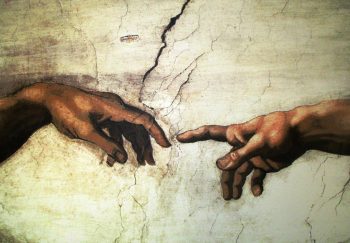This isn’t your typical Valentine’s Day story that’s full of romance. It’s an interesting take on a tradition that’s widely celebrated in many countries on February 14.
Strange, but true
The skull of Valentine, an ancient Roman Martyr, is displayed in the Rome church of Santa Maria In Cosmedin. To put it mildly, it is up for debate whether it is the skull of Valentine the Martyr. This debate will not be resolved without revealing the surprising history of one the most bizarre holidays in the world.
Let’s begin at the beginning: Who was Saint Valentine?
Better is to ask “who were?” Depending on how you count, there are 12-14 Saint Valentines. This includes a Spanish hermit, and a woman called Valentina. It turns out that it was quite common during Late Antiquity. According to all accounts, Saint Valentine of Valentine’s Day was just one of two men who preached the good news in Rome in the third century. We have the date of his eponymous birthday because one of these two men was killed in battle on February 14, 269.
What did this guy, or, guys have to do with love, greeting cards, and expensive restaurants?
Absolutely nothing. Valentine’s remains were found in the Catacombs of San Valentino after he died. They then moved to Santa Maria in Cosmedin (or, if you disagree, the Basilica of Saint Valentine, Terni) where they were often visited by pilgrims over the years. If it wasn’t for Chaucer, they would probably have been venerated but kept as anonymous relics to Saint Valentine in Terni and the patron saint for beekeepers.
What has an English medieval poet to do with a Roman martyr?
Geoffrey Chaucer doesn’t have anything to do with Roman martyrs, but he does have a lot to do with English literature. That’s how he established a connection between Saint Valentine celebrations and English literature. His poem Parlement of Foules in the late 14th century is where we find the first documented connection between Valentine’s Day and love. Although it is possible that he simply created the correlation and claimed it was a poetic license, it is also possible that he was drawing on older courtly traditions.

Valentine’s Day was invented by a poet to rhyme his lines.
It’s not exactly. Real-life lovers started to exchange love poems on February 14, shortly after Chaucer had mentioned Valentine’s Day. These love poems could have been written before Chaucer, but that’s not certain. Another way to put it, valentines have been written to loved ones for more than 500 years. Even though there is no direct connection to the murderous Roman pagans, they are still a significant legacy of love.
This is actually quite heartwarming. It was another Hallmark Holiday, I thought.
But not so fast. The modern Valentine’s Day is a result of many industries, including jewelry, chocolate, flowers and chocolate. These items are worth billions of dollars every year. Even countries that outlaw Western holidays have seen an increase in Valentine’s Day gifts. Saudi Arabia is an illegal holiday, so there is a vibrant black market for Valentine’s Day red roses and heart-shaped chocolates.
In Japan, it is not unusual for women to give chocolate to boyfriends, lovers and co-workers. This may be due to a translation error in an earlier chocolate ad. Japan has a tradition of giving gifts on March 14th. They are expected to give white chocolates equal or more value to those who have given them chocolate in February.
All this for an old skull sat in a Rome church?
It’s not just any skull. The original Rome tourism industry was built around relics. It was founded in the Middle Ages by Christian pilgrims who visited the many holy places and churches. Because of their miraculous powers, relics were a huge tourist draw. Some of these could be passed on to faithful pilgrims who came into contact with them. Relics may not be as popular today, but they are still a great attraction to many churches in Rome.













